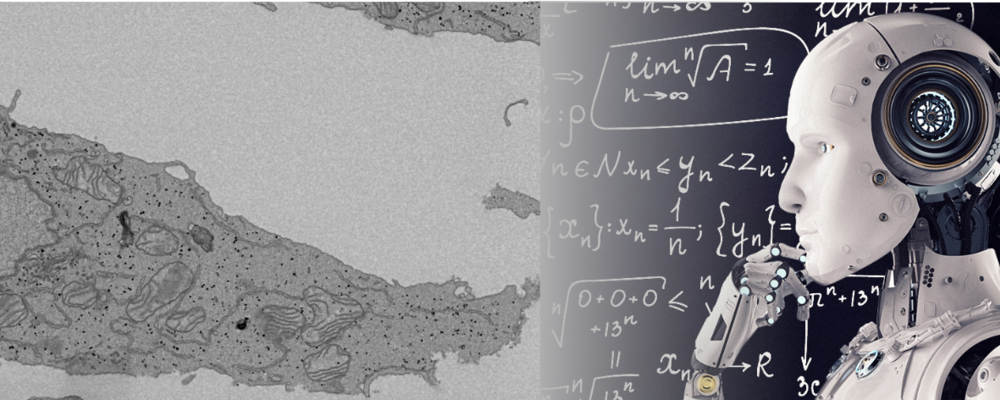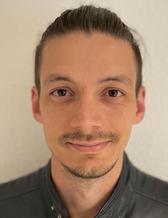Development of Smart Microscopy at CCI Receives SSF Fellows Grant
/SEK 15 million over five years/ The development of next generation smart microscopy involves a powerful combination of automated end-to-end imaging workflows, image analysis, and machine learning strategies. Rafael Camacho, scientific officer at the Centre for Cellular Imaging who works with this development, received the SSF Research Infrastructure Fellows 2 program – a SEK 15 million grant spread over a five-year period with the aim to continue the development of smart microscopy.
The Swedish Foundation for Strategic Research (SSF) announces the availability of a total of SEK 105 million in grants in a national call for proposals directed towards individual Fellows that are devoted to building and operating research infrastructure that meet the highest international scientific standards and strengthen present or future Swedish-based industry and society.
This year, seven projects from seven Swedish universities have been selected and granted SEK 15 million each during a five-year period.
It is the second time that the Centre for Cellular Imaging is granted the SSF Fellows. In 2015 when the program started, Dr Julia Fernandez-Rodriguez received the grant for the development of CCI to a Research Infrastructure for Advanced Cellular Microscopy. This program allowed Dr Fernandez-Rodriguez to develop important correlative multimodal microscopy methods, and for the Centre for Cellular Imaging to integrate electron microscopy technologies into the infrastructure.
CCI is part of SciLifeLab and national NMI where researchers from all over Sweden will be able to take part in the development. Through BNMI and Eurobioimgaing, researchers from Europe and globally will also be able to use the project's results.


